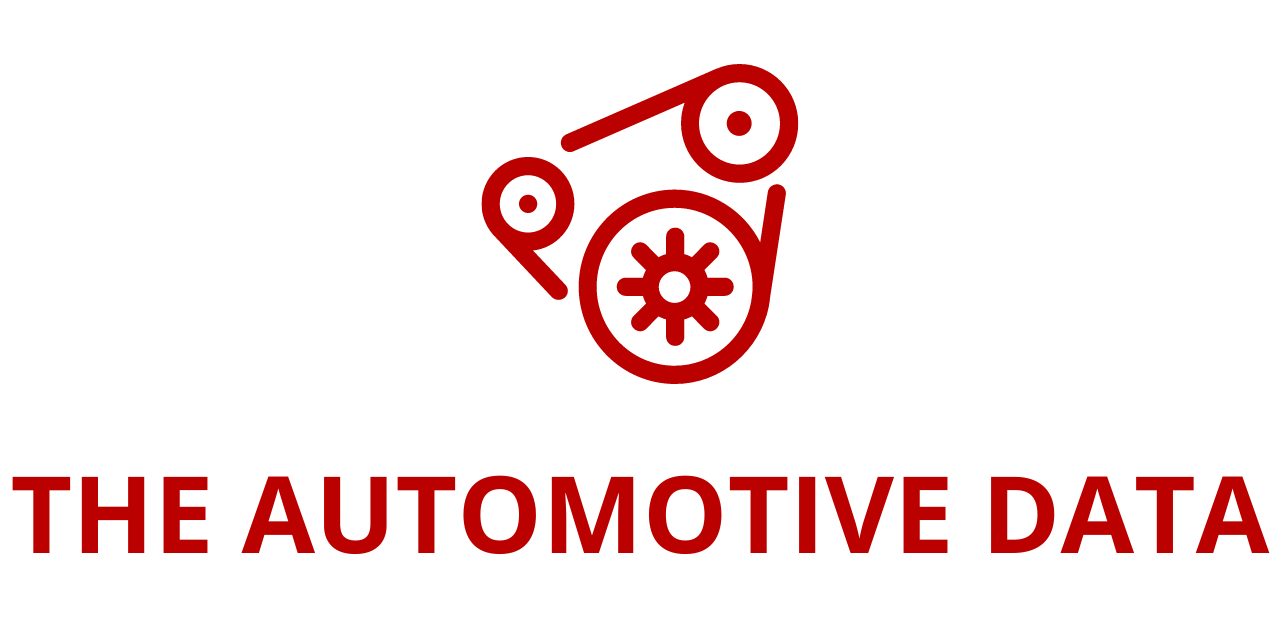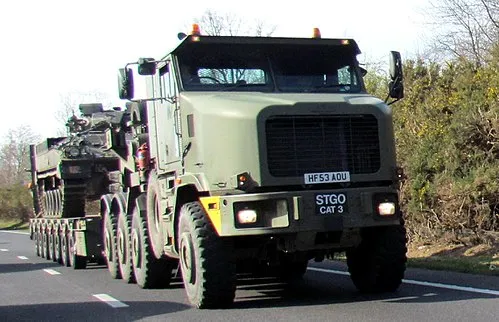
Recognizing Excellence in Next-Generation Auto Dealership Technology
The Network of Employers for Traffic Safety (NETS) has issued a major update to its Post-Incident Coaching Toolkit, expanding it into a more comprehensive, behavior- and systems-focused resource for organizations that operate fleets. This 2025 edition shifts the focus beyond simply documenting “what happened” in a vehicle collision to understanding “why it happened” and “what will change” as a result. By doing so, NETS aims to help managers move from a compliance-only mindset to a coaching-led approach that strengthens both driver behavior and overall fleet safety management.
At its core, the revised toolkit is designed to support deeper, more constructive conversations between managers and drivers after a crash or near-miss. Instead of restricting post-incident reviews to fault-finding and paperwork, NETS encourages organizations to treat each incident as an opportunity for learning. The toolkit helps managers look at collisions through the lens of human behavior, work systems, and operating conditions, so that they can identify patterns, root causes, and practical changes that reduce the risk of future events.
Susan Hipp, NETS’ Executive Director, underscores this change in emphasis. She explains that the revision reflects NETS’ commitment to advancing road safety by focusing on the human factors that shape driving behavior. When managers take time to understand why a collision occurred—whether it was influenced by distraction, fatigue, unclear procedures, inadequate training, or environmental conditions—they are in a much better position to guide drivers toward safer choices. At the same time, they can recognize when company policies, schedules, or expectations may unintentionally encourage risky behaviors, and adjust those practices accordingly.
A central feature of the updated toolkit is its behavior-based coaching framework, which is built around three simple but powerful steps:
- What happened?
Managers are supported in gathering clear, factual information about the incident. This includes the sequence of events, conditions at the time (weather, traffic, lighting), vehicle details, and any immediate contributing actions by the driver and other road users. The goal is to create a shared understanding of the event without blame-filled language. By grounding the conversation in objective facts, managers and drivers can move more smoothly into a constructive dialogue. - Why did it happen?
The second step encourages managers to explore deeper causes rather than stopping at surface-level explanations. The toolkit offers prompts to analyze behavioral factors such as distraction, speeding, following distance, or failure to anticipate hazards, and to consider underlying influences. For example, was the driver rushing to meet a delivery deadline? Did they feel pressure to multitask while driving? Did they fully understand and remember the company’s defensive-driving policies? The toolkit also asks managers to think about environmental and organizational aspects: road design, weather conditions, vehicle condition, route planning, work schedules, training quality, and supervisory expectations. By taking this wider perspective, organizations can identify both individual coaching needs and systemic changes that may be necessary. - What will change?
The final step translates insights into specific, agreed-upon actions. The toolkit provides templates for setting clear behavior goals with the driver, such as consistently maintaining a safe following distance, avoiding phone use while driving, or improving scanning habits at intersections. It also encourages managers to document any policy or process changes that emerge from the analysis—for instance, adjusting delivery windows, reinforcing pre-trip inspection routines, or updating training modules. This step transforms the post-incident review from a backward-looking exercise into a forward-looking improvement plan.
To make these steps practical and relatable, the 2025 edition includes expanded sample scenarios for six common types of collisions. While exact scenarios are not listed in the short announcement, these typically might include rear-end collisions, backing incidents, intersection crashes, lane-change or sideswipe events, parking lot collisions, and fixed-object impacts. For each scenario, managers are shown how to apply the “What–Why–What will change” framework to guide a productive coaching conversation.
Another important enhancement in this edition is the guidance on integrating defensive-driving principles into post-incident coaching. Rather than treating defensive driving as a one-time training session or abstract concept, the toolkit helps managers connect specific defensive-driving behaviors to the actual incident. For example, after a rear-end collision, the coaching discussion may focus on maintaining an adequate following distance, scanning ahead for slowing traffic, and managing speed and attention. After a backing incident, the conversation may emphasize getting out and looking, using mirrors effectively, and managing time so that drivers are not rushing through tight spaces. This approach reinforces defensive-driving skills in a context that is immediately meaningful to the driver.
The documentation tools included in the updated toolkit are also designed to support continuous improvement. Managers receive templates for recording the key facts of the incident, the behavioral insights discovered through discussion, and the commitments made by the driver and the organization. By capturing this information consistently across incidents, companies can spot broader trends in driver behavior and system weaknesses. Over time, these records can inform targeted training programs, policy revisions, and changes in operational procedures, helping to prevent repeat occurrences of similar collisions.
The development of the revised Post-Incident Coaching Toolkit reflects a broad collaboration among NETS and its partners. NETS Board Member companies Cintas and Chubb Insurance contributed their practical fleet safety and risk-management perspectives, helping ensure that the toolkit is grounded in real-world fleet operations rather than purely theoretical concepts. In addition, behavioral-science expertise from NETS Sponsor ABA Technologies helped shape the coaching methodology, ensuring that it aligns with evidence-based practices in behavior change, feedback, and adult learning.
This collaboration aligns closely with NETS’ long-standing mission: to help employers save lives both on and off the job. For many organizations, motor vehicle crashes are among the most serious risks employees face. A single collision can have wide-ranging effects—injuries or fatalities, emotional impacts on employees and families, property damage, insurance impacts, legal exposure, and reputational harm. By strengthening the way companies learn from each incident, NETS aims to reduce those risks and support healthier, safer fleets.
In practical terms, the enhanced toolkit encourages companies to view each incident not just as a recordable event but as a catalyst for cultural change. When managers consistently use the coaching framework after collisions and near-misses, drivers begin to experience post-incident meetings not as punitive interrogations, but as conversations focused on learning, support, and improvement. Over time, this can increase driver openness, encourage self-reporting of close calls, and reinforce the message that safety is a shared responsibility.
Moreover, the systems-based angle of the toolkit helps organizations avoid over-simplistic explanations such as “driver error” and instead look at the larger context. For example, if multiple drivers experience near-misses at the same location or during the same type of route, managers can ask whether route planning, scheduling, or vehicle specifications need to be adjusted. If certain types of incidents are linked to new technology in vehicles, companies can review how that technology is explained, configured, or monitored. This broader view helps organizations build more resilient systems that support safe choices rather than rely solely on individual vigilance.
The 2025 edition of the Post-Incident Coaching Toolkit is available exclusively to NETS members, reflecting NETS’ model as a membership-based network of employers committed to road safety. For member organizations, this toolkit becomes a practical resource that can be incorporated into existing safety programs, fleet policies, and supervisor training. It can be adapted across different industries and fleet sizes, whether a company operates a small pool of service vehicles or a large, nationwide delivery fleet.
Ultimately, NETS’ updated toolkit sends a clear message: effective post-incident management is not just about finding fault and closing a file. It is about understanding the interplay between human behavior and organizational systems, helping drivers learn from real incidents, and continuously improving the conditions under which they work and drive. By equipping managers with a structured, behavior-based coaching process, NETS is helping employers turn difficult moments—such as collisions and near-misses—into opportunities for lasting safety gains and a stronger safety culture across the entire organization.
Source Link:https://www.businesswire.com/







